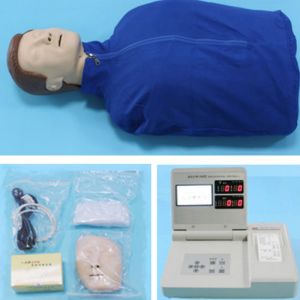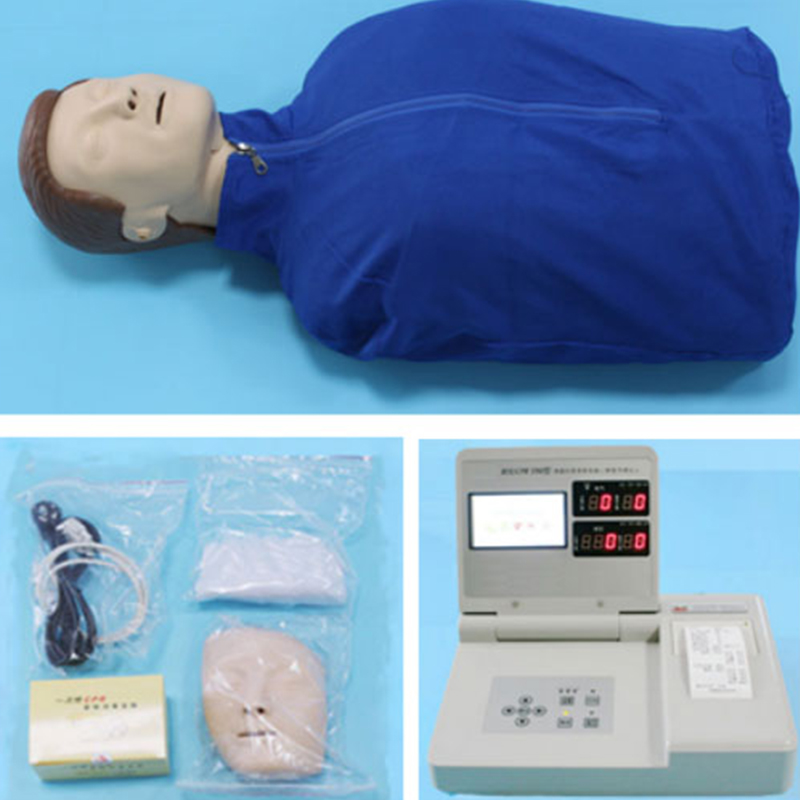ADA MED SUPPLY LIMITED
Phone:+86 19937901373
Tel:+86-0379-65160607
Email:adaanatomy@adaanatomy.com

Article tag: Half body CPR model CPR model

Half computer cardiopulmonary resuscitation (more commonly known as "Half computer cardiopulmonary resuscitation simulator") plays a vital role in medical education and training, it simulates real cardiopulmonary resuscitation scenarios, provides a safe and controllable practice platform for students, and effectively improves the effectiveness of medical education and training. Here's a breakdown of how the half-computer CPR simulator can help with medical education and training:

First, provide a security practice platform
In a real clinical setting, performing CPR directly on a patient carries a high risk, especially for inexperienced trainees. The half-body computer CPR simulator provides a completely safe practice platform, and students can carry out repeated operation exercises without harming real patients, thereby accumulating valuable practical experience.
Second, enhance teaching interaction
Half computer cardiopulmonary resuscitation simulator combined with computer technology, can real-time feedback on the student's operation, such as pressing depth, frequency, blowing volume, etc., so that the teaching is more intuitive and effective. With feedback from simulators, students can instantly see if they are doing things correctly and where they need to improve. This interactive teaching method can stimulate students' learning interest and enthusiasm, and improve the learning effect.
3. Improve operational skills
Through repeated cardiopulmonary resuscitation operation exercises on simulated people, students can gradually master the correct operation skills and standardized operation procedures. Simulators can simulate real cardiopulmonary resuscitation scenes and physiological reactions, so that students can feel the experience and effect similar to real operation during the operation. This practical teaching method helps to improve students' practical skills and lay a solid foundation for future clinical work.
4. Adapt to different teaching needs
The half computer CPR simulator has a variety of functions and modes, which can be set and adjusted according to different teaching needs. For example, different assessment criteria and time limits can be set to suit different levels of students and teaching objectives. At the same time, simulators can also record the students' operation process and achievements, which is convenient for teachers to evaluate the teaching effect and students' self-evaluation.
Fifth, improve emergency response capacity
Cardiopulmonary resuscitation is an emergency skill that can save a patient's life at a critical moment. Through the training of half computer CPR simulator, students can practice in simulated emergency situations and improve their emergency handling ability and psychological quality. This is of great significance for responding quickly and accurately to real emergencies in clinical work in the future.
To sum up, half computer CPR simulators play an irreplaceable role in medical education and training. It provides strong support for medical education and training by providing a platform for safe practice, enhancing teaching interactivity, improving operational skills, adapting to different teaching needs, and improving emergency response capabilities.